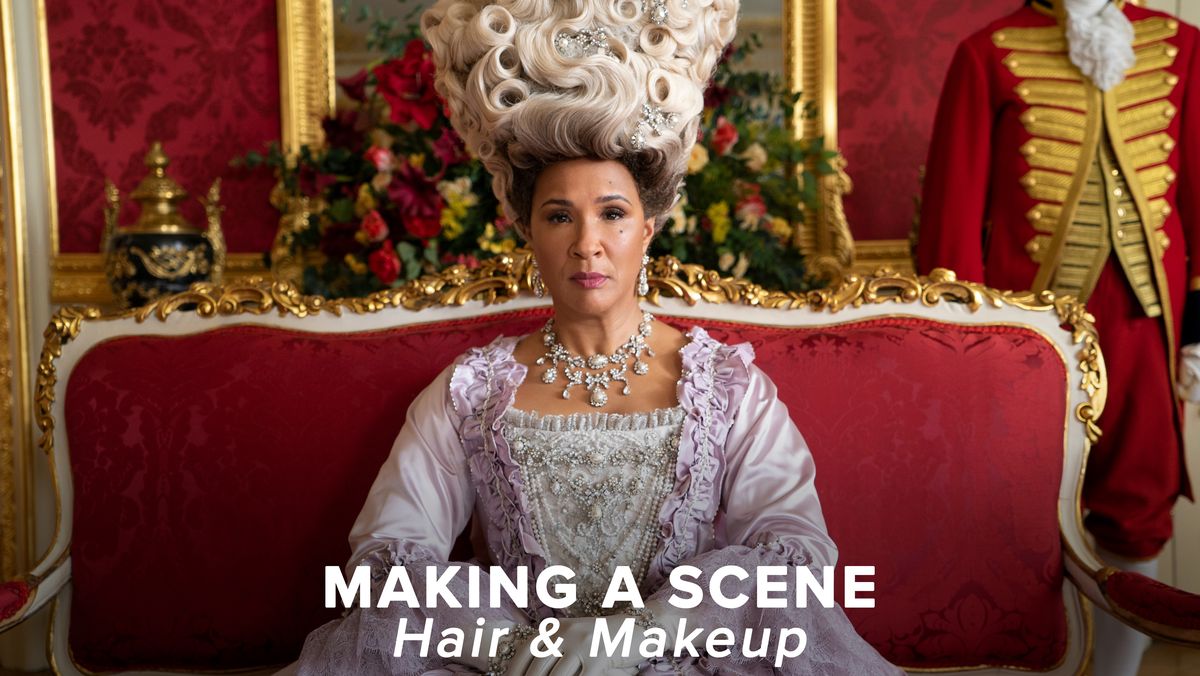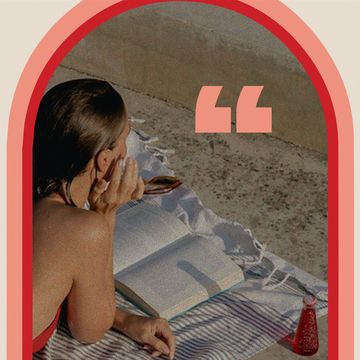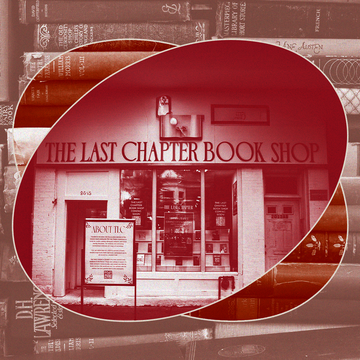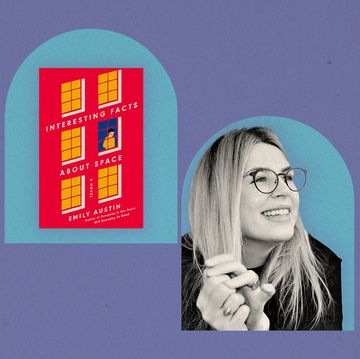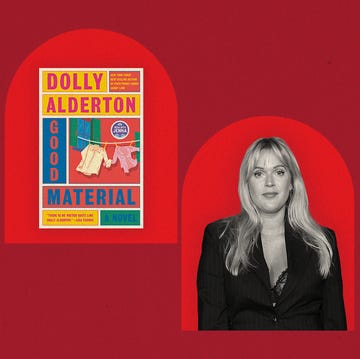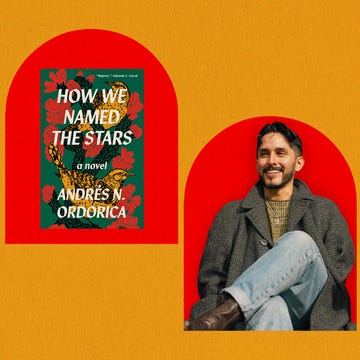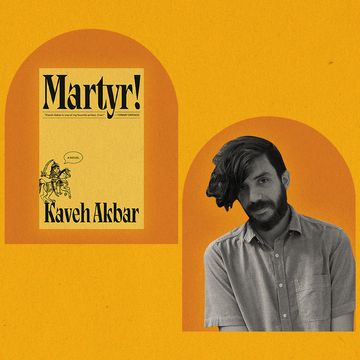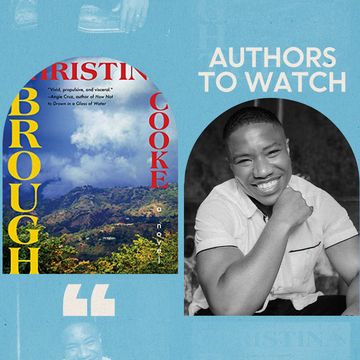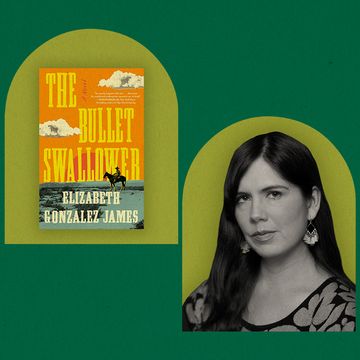Ed Begley Jr. is grateful to be alive. The Emmy Award-nominated actor, most widely known for his work in St. Elsewhere, Better Call Saul, and Best in Show, as well as hundreds of other TV and film productions, spent much of his young life battling addictions of every variety. As he writes in his new memoir, To the Temple of Tranquility … And Step on It!, his “nearly daily regimen of drugs and alcohol from 1967 to 1979,” along with his predilection for gambling, led to a number of dangerous situations — among them, alcohol-induced car crashes, a near-fatal attack in which he was beaten and stabbed while en route to play poker at a card club, and an encounter with Charles Manson and his “family” at Spahn Ranch. As he shares in the book, “I regularly put myself and others in great danger in my drug and drinking years.”
Now, Begley reflects on that time of his life in awe, telling Shondaland he’s “shocked” that he’s not only still thriving, but also that no one else was physically hurt along the way. In fact, he seems to be in awe of many things — from his acting career, which has spanned seven decades, to his deep and abiding friendships with some of the most notable figures in entertainment and civil rights.
Though his father was an Academy Award-winning actor, Begley writes that his dad had “surprisingly few movie star friends.” As such, he wasn’t raised among the Hollywood elite, causing him to look back today with amazement at the many relationships he’s forged with celebrities along the way. “I got to have a meal with John Lennon and Yoko Ono back in the ’70s,” he tells Shondaland. “How did that happen? It happened because of [musician] Harry Nilsson, who was a friend. How did I meet the Monty Python geniuses? Through Harry Nilsson. Cindy Williams [of Laverne & Shirley] introduced me to Jack Nicholson. I was just a kid from the Valley [who] got lucky going over Mulholland.”
At the time of this interview, Begley was just days shy of his 74th birthday and, despite battling Parkinson’s disease since 2016, was in good health and good spirits. He looks forward to acting again once the WGA and SAG-AFTRA strikes are over and is appreciative for everything he has in life. “I’m very lucky in that I’ve done so many wonderful things,” he says. “I know there’s probably more fun challenges to do, but I’m very happy with the pace [my career is] at now, if I keep getting to do the shows I’m doing — these sometimes-small parts, sometimes-medium parts. The rare big parts are almost never the lead, and I’m very happy to leave that to younger people.”
For now, Begley is focused on promoting his book, which — despite the stories of addiction and near-death experiences — is a very fun read, and as much about his life as those who played a role in shaping the man he is today. Readers who pick up a copy should know the book is printed on 100-percent recycled paper at the request of Begley, who has been an ardent environmentalist for more than 50 years.
Shondaland recently spoke with Begley about his father, Parkinson’s disease, and his advice on combating climate change.
SANDRA EBEJER: You start the book off writing about your father. Did you grow up wanting to follow in his footsteps and become an actor?
ED BEGLEY JR.: Absolutely. But I’m convinced that if my dad had been a plumber, I’d be fitting pipes now. I just wanted to do what he did. That was a big plus to have him as a father, to get into the [entertainment] business with that assistance. But there’s a bad thing that comes with that — having somebody in the business who makes it look easy. I had this “wake me when I’m famous” attitude that was way out of kilter with reality. I literally thought many times, “Why don’t you just get me a TV series? I told you I want to be an actor. Can’t you get me a regular part on Gunsmoke or Perry Mason? Come on! I’m charming!” [Laughs.] From about age 10, I somehow went on [auditions]. I never for a second thought, “Now how did I get this?” I got it because I was Ed Begley’s son, of course, and somebody called somebody, and I went on these [auditions] and never got any parts because I had no training. Fortunately, with some assistance from my father, I got into some acting classes, and then I began to work.
SE: You’re also an environmental activist, and you share stories in the book about how your lifestyle hasn’t always been easy for those around you. For example, there’s the time you took Annette Bening to the Oscars but refused to ride in a limo. Has it been difficult over the years to stick to your convictions?
EB: I’ve had to compromise, certainly, on many occasions. I try to be true to my ideals, but sometimes you have to be in L.A. [on] Monday and in New Orleans [on] Tuesday, and you gotta get on a plane. That happened a few years ago when I was working on two different shows. You can’t say, “I’m not going to finish that TV show I started with you in New Orleans.” You’re obligated by contract and common sense to do it.
I mostly don’t fly; I’ll take the train or drive. The truth is, I don’t know if I’m going to be able to drive to some events I have in New York at the end of the month. I’ll be 74 in a few days, and it turns out there’s a big difference between 73 and 74. I didn’t know that. I thought it was just a little segue. But it’s not that, apparently. It’s pretty hard to drive and get out of the car. So, I’m probably gonna have to compromise more than I envisioned going forward.
SE: When it comes to the environment, are you frustrated with how things are going? How do you remain optimistic?
EB: I remain optimistic in one very specific way. There’s so much damage that has been done to the coral reefs, et cetera, that we’re going to lose a lot. We have lost a lot already, plant and animal species, and will continue to lose more. But here’s the optimistic part: We can save a lot. You don’t want to lie to people and say, “We’re gonna save it all! We’re going to turn around, and boy, oh, boy, this is going to be like one of those Star Wars endings where we save everybody!” No, there’s going to be a lot of people that die fighting the Death Star. We’re going to lose a lot. But we can save a lot. So, let’s save what we can for our own survival.
You know, this whole idea of “Save the Earth” always puzzled me. We don’t need to save the Earth; the Earth is a big, beautiful piece of rock and many other materials that’s going to be just fine. The Earth has been through a lot worse than we can throw at it. It’s about saving ourselves and saving so many other species that we should protect. We’ve been part of the problem; we can certainly be part of the solution. We have the power to do that. And we’ve shown that it works — like banning CFCs [chlorofluorocarbons] from many products. They banned them from refrigerators and air conditioners and what have you, and now the ozone hole is not the same size. It’s smaller. We did that! We have four times the cars in L.A. [since] 1970, millions more people, but a fraction of the smog. We did that! The Cuyahoga River caught fire, it was so polluted. It’s not like that anymore; that river has been cleaned up. We can turn this around, and we’ve shown we can do so.
We’ve got to stop pretending this background noise is true, where people say, “It might be happening, but man has nothing to do with it.” We’re the ones putting more blankets on the greenhouse. Some people are saying, “No, that has nothing to do with it. I’m in the blanket business. Putting blankets on the greenhouse is not affecting the temperature.” That’s just not true. We have to stop listening to the same advertising agencies that told us smoking was good for us. They’re pitching another product now, and it’s fossil fuels. We have to not listen to them.
SE: What’s one thing that each individual can do to try and combat climate change?
EB: One thing everybody can do is stay out of their car as much as they can. Riding a bike if weather and fitness permit, taking public transportation if it’s available. Somebody living in the middle of Nebraska, miles from any bus stop, can’t take public transportation, of course. If you’re in 20-degree-below weather and the roads are icy, you’re probably not going to ride a bicycle, and I get that, but get out of your car as much as you can. That’s a single thing that you can do. And I don’t do it all the time. I try to walk or ride my bike and take public transportation, but sometimes I have to [use] an electric car. And sometimes when that won’t work, I have to get on the plane. But it’s not all or nothing. If everybody did what they could, we’d make a big difference.
When I was a broke and struggling actor, I couldn’t afford fancy solar panels like I have today. I couldn’t afford a fancy electric car like I have today. But I could afford an energy-saving light bulb. I could afford an energy-saving thermostat. I could ride a bike if weather and business permit. Public transportation was near me, and I took it. Eliminating vampire power from your house — it’s gonna save you money. Those things you think you need on all the time, but you don’t — put them on power strips and turn them off when you go to sleep or leave the house.
I started doing the cheap and easy stuff back in 1970. I did what I could, and I saved money. I picked the low-hanging fruit first and then did more and more. Pretty soon, after 15 years, I could afford solar hot water. Then, after 20 years, in 1990, I could finally afford solar electric panels. Took me 20 years, but I just kept ratcheting up and saving money by doing stuff that would benefit not just the environment, but me personally.
SE: You were diagnosed with Parkinson’s disease in 2016. How’s your health doing now?
EB: I’m very lucky. Getting Parkinson’s now is different than when my dear friend Michael J. Fox got it back in the early ’90s. I’ve had it probably since 2004. Didn’t know I had it because my lifestyle was very good. I rode my bike every day; I ate well. When you get it at this point, there’s [a medication] called carbidopa-levodopa. It’s amazing that you can have Parkinson’s as long as I’ve had it and be like [holds his steady hands up to the camera]. The most important thing [I do is] vigorous exercise. I go to the gym every day. I do every machine they have for the upper body, then I do 30 minutes on a recumbent bike. And that is very, very helpful. So, I might be around for a while.
SE: Were you nervous about telling people when you were first diagnosed and how it might impact your career?
EB: Petrified. I was scared just being on set. This is before I started taking the carbidopa-levodopa. My symptoms were so mild, I was taking something called Azilect, just one pill a day of that [medicine]. Occasionally, I would shake a little, so I would find some way to hold onto a prop in a scene, hold onto a table, put my hands in my pocket. I guess it worked because I did a series for a couple of years, and I finally said to the cast members, “Thank you so much for your kindness with my Parkinson’s.” I’d worked just a few inches apart from them in some scenes. They said, “What are you talking about?” They didn’t know I had Parkinson’s. I was sure they knew and were just being kind to an old man. Nobody knew.
SE: We are in the midst of two strikes affecting the entertainment industry. As you write in the book, this is not your first time dealing with strikes. What advice do you have for creatives in the field on how to weather all that’s going on now?
EB: It’s good to have more than one string to your bow, [whether] there’s a strike or not. I learned that after I bought my first home in 1979. The work went down to half of what it had been the minute that escrow closed. So, I did carpentry work. I helped some friends put up drywall at Frank Gehry’s offices. I made little racks, like spice racks or bathroom racks, and sold them at a shop in Los Angeles. And I’m always busy with different environmental things. I have these nontoxic cleaning products that I’ve been promoting for a while. So, find something else to make it through this period because I think it’s going to be a long one. People asked me when it started, “How long do you think it’s going to be?” I said September. Over a month ago, I amended it to say December, and I’m afraid I’m going to be right. I hope I’m wrong. I want to settle this matter. I want to have something that works for everybody. But I think we have to stay the course for now because these are very important issues with A.I. and with residual structure for streaming platforms.
SE: If you could go back and give young Ed Begley Jr. any advice, knowing what you know now, what would it be?
EB: Don’t just do something; stand there. Be in the moment. There’s much work to be done. I’m not implying that we’re going to save the environmental crisis by just standing there, sitting on the side of the hill, and spinning a prayer wheel. I have work to do; many of us have work to do. But I have no shortage of energy, even at this point in my life. I need to be calm, center myself, and then move forward and do the work. [Take the] time to think about what it is you need to do, the best pressure point, the best lever to push or pull to get things done, and not be this wild man running around trying to do everything. Do one thing well; don’t do eight things badly, which is what I did for many years in my life. Don’t just do something; stand there, and then do the work.
This interview has been edited for clarity and length.
Sandra Ebejer is a New York-based writer who has contributed to The Boston Globe, The Washington Post, Greatist, Flood Magazine, and The Girlfriend from AARP. Find her on Twitter @sebejer.
Get Shondaland directly in your inbox: SUBSCRIBE TODAY




